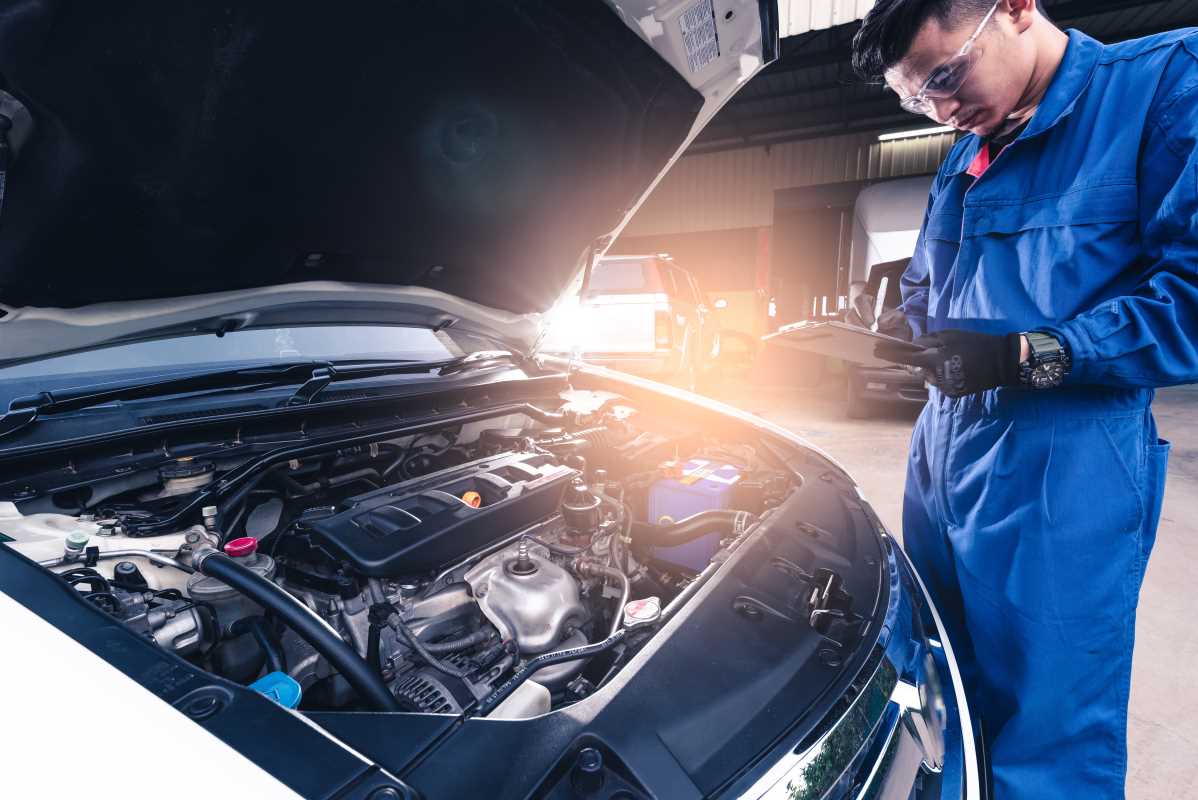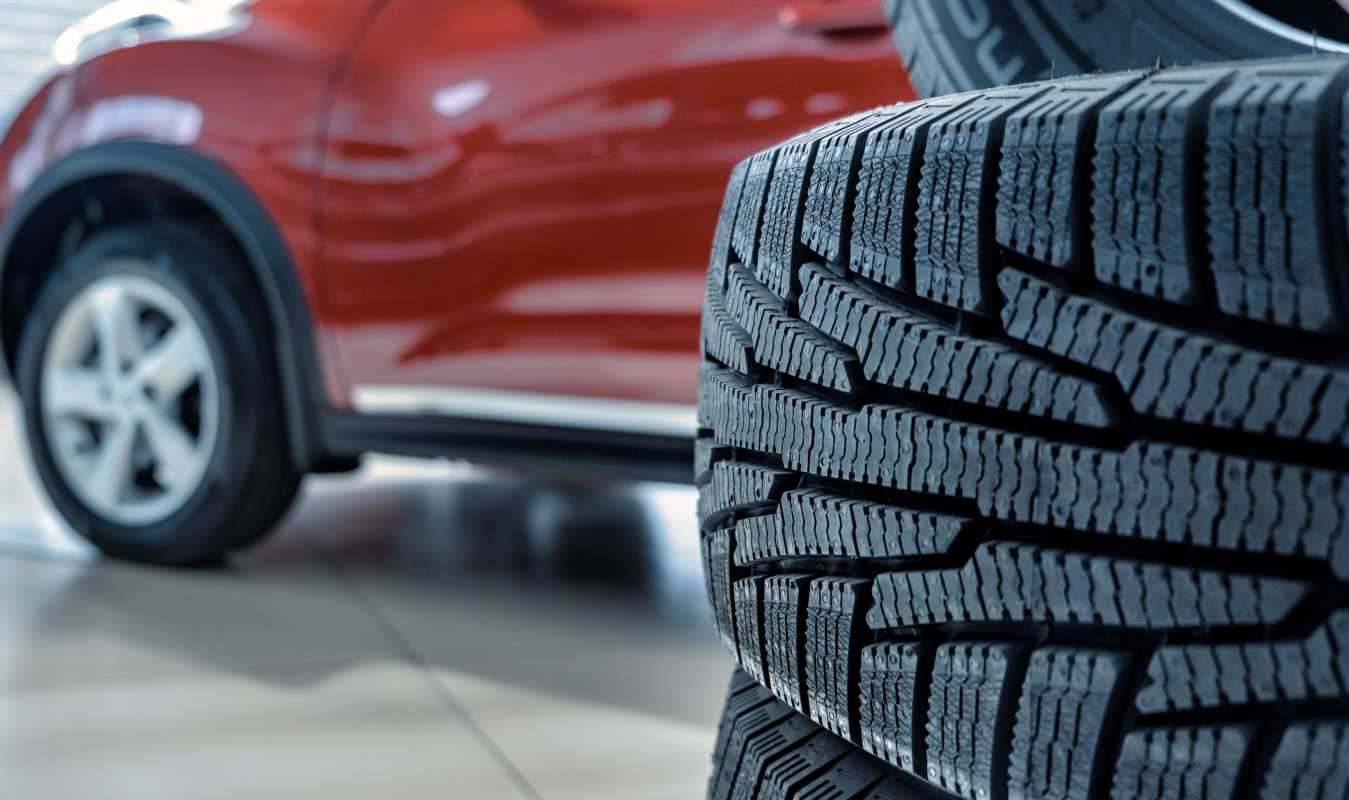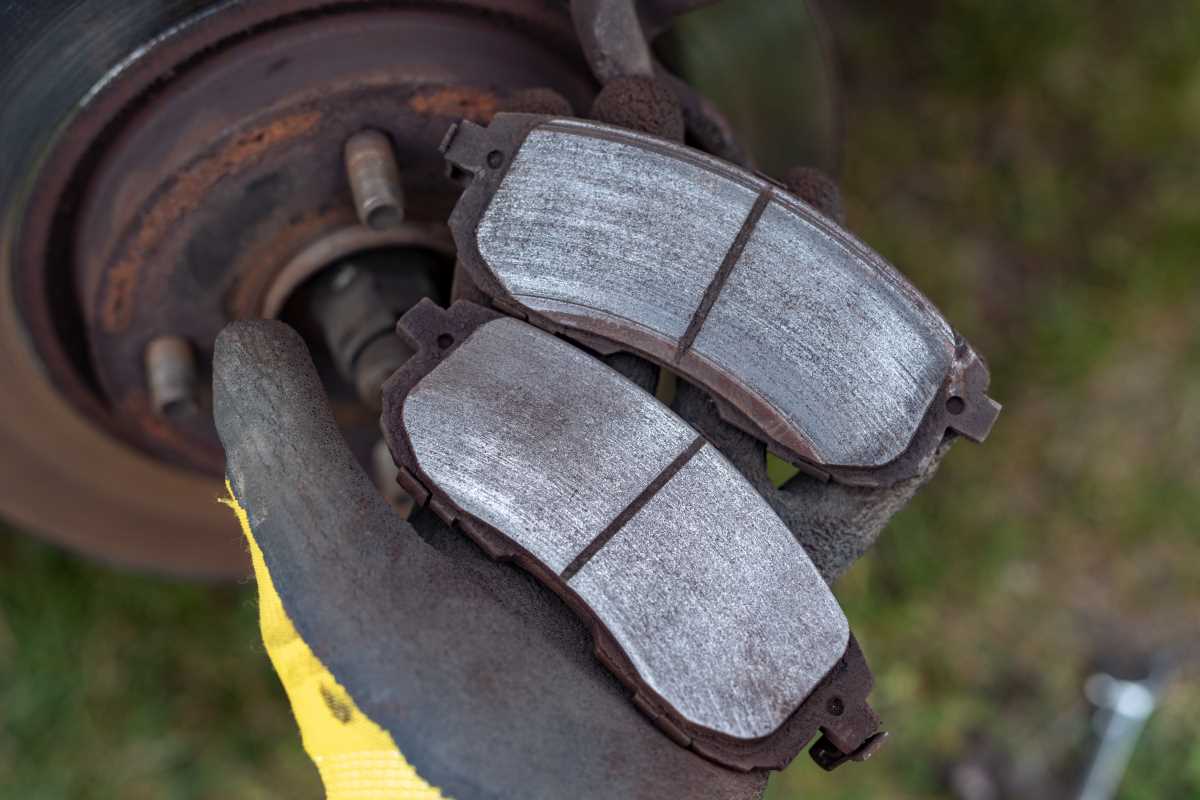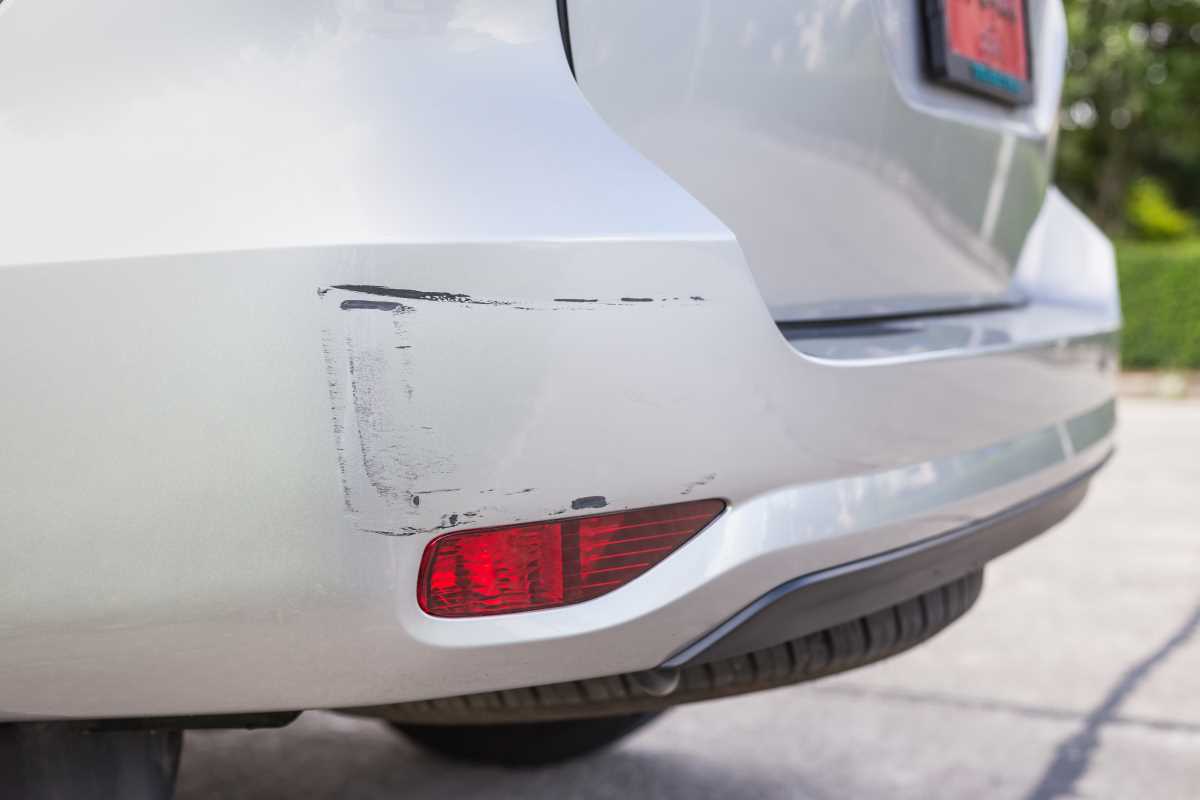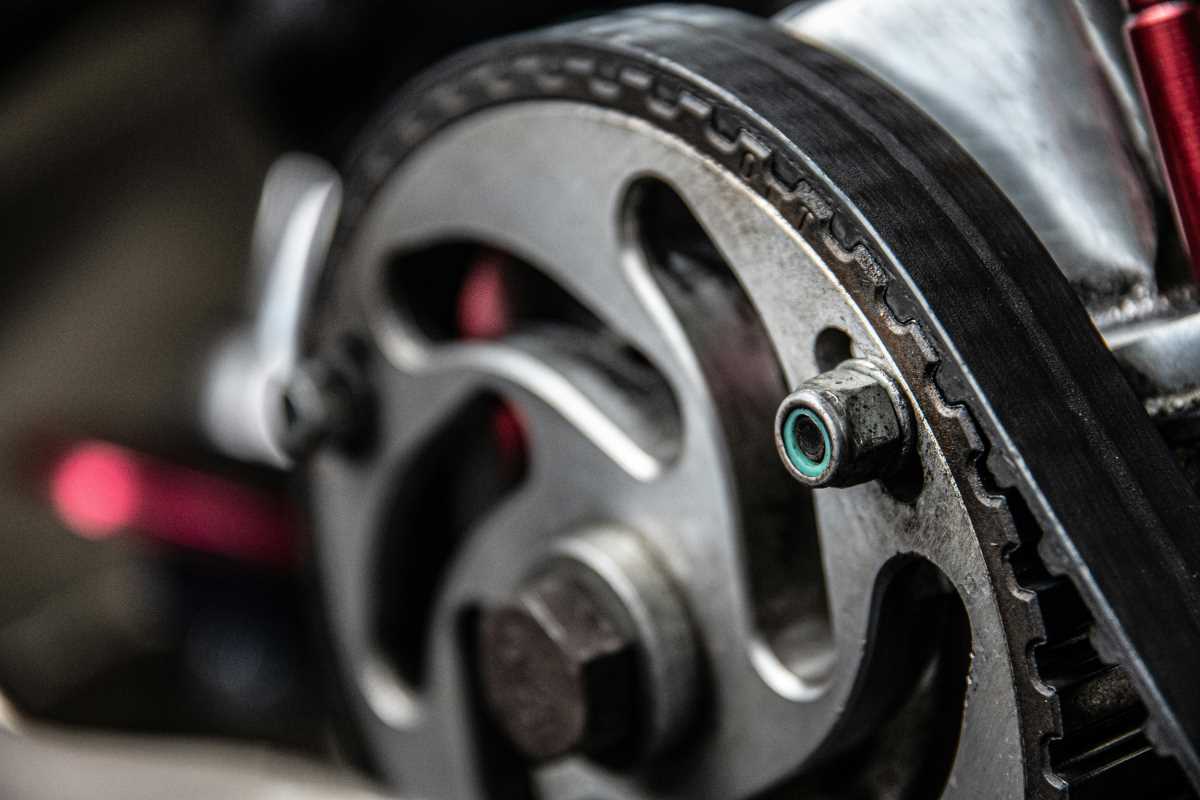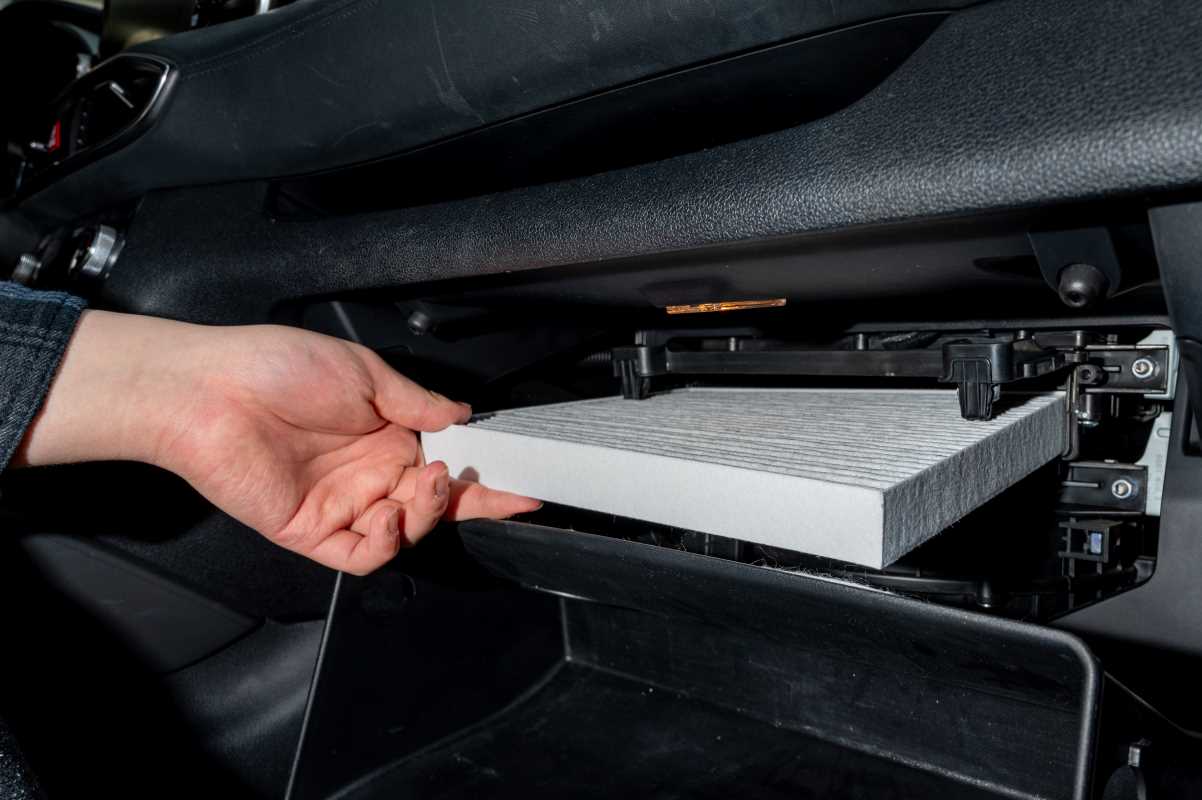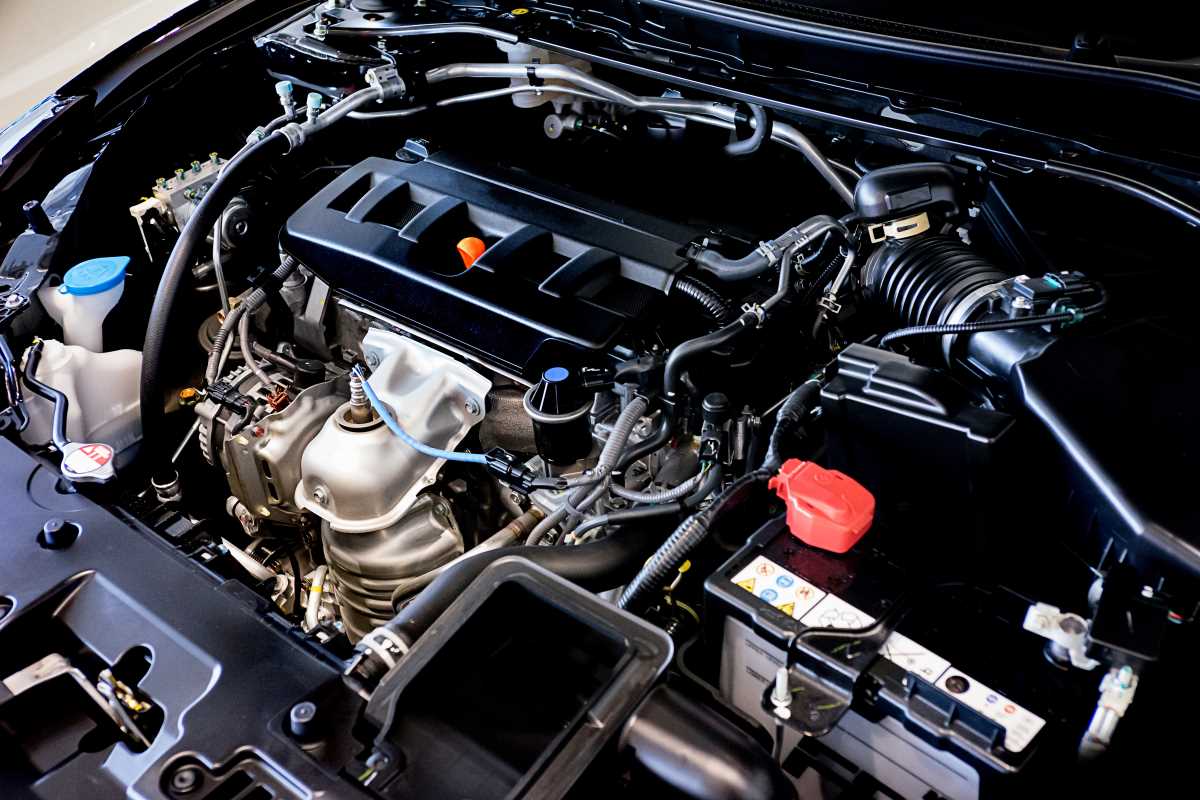Your car’s battery is the unsung hero of your daily drive. You probably don’t think about it until that dreaded moment when you turn the key and get nothing but a sad clicking sound. A dead battery is one of the most common reasons for a roadside assistance call, and it always seems to happen at the worst possible time. In today’s cars, loaded with electronics, the battery works harder than ever. Extreme temperatures, short trips, and constant power demands from accessories can all shorten its life. The good news is that with a few good habits and simple checks, you can significantly extend your battery's lifespan, saving you money and the headache of being stranded.
Understand Your Battery and Its Enemies
A standard car battery is a lead-acid unit that creates electricity through a chemical reaction. Its primary job is to provide the massive jolt of power needed to start the engine. Once the engine is running, the alternator takes over, powering the car’s electronics and recharging the battery. The average car battery lasts about 3 to 5 years, but its biggest enemies are heat and cold. Extreme heat can cause the battery’s internal fluid to evaporate, damaging its structure, while extreme cold saps its starting power. Another major enemy is the short trip. It takes at least 15-20 minutes of steady driving for the alternator to fully replenish the energy used to start the engine. Constant short trips slowly drain the battery over time.
Keep It Clean and Secure
One of the easiest ways to help your battery is to keep it clean. Pop the hood and inspect the battery terminals. If you see a fuzzy, white or blue-green deposit, that's corrosion. This buildup acts as an insulator, preventing the battery from receiving a full charge from the alternator or delivering full power to the starter. To clean it, disconnect the terminals (always disconnect the negative terminal first, then the positive) and scrub them with a wire brush and a mixture of baking soda and water. Once they're clean and dry, reconnect them (positive first, then negative) and apply a thin layer of dielectric grease to prevent future corrosion. Also, make sure the battery is securely held down; excessive vibration can shorten its life.
Manage Your Electrical Load
Modern cars have a significant electrical appetite. Accessories like dash cams, phone chargers, and powerful stereos can create a "parasitic drain" that slowly depletes the battery even when the car is off. If you use a dash cam with a parking mode, ensure it has a proper low-voltage cutoff feature to prevent it from completely draining your battery. Unplug chargers and other devices when you leave the car. Also, before you shut off the engine, turn off the headlights, radio, and HVAC system. This reduces the initial load on the battery the next time you go to start the car.
Proper Charging and Storage Habits
Your car’s alternator is designed to maintain a charged battery, not to recharge a deeply dead one. If your battery does go flat, use a proper battery charger to bring it back to full strength slowly. Relying on the alternator to do this job can overwork it and lead to premature failure. If you have a car that sits for weeks at a time, like a classic or a vacation vehicle, connecting it to a smart battery maintainer or "trickle charger" is the best way to keep the battery healthy. These devices monitor the battery and provide a small, steady charge only when needed, preventing both deep discharge and overcharging.
Know When It’s Time for a Replacement
Even with the best care, a battery is a consumable item. If your car is slow to start, your headlights seem dim at idle, or your battery is more than four years old, it’s a good idea to have it professionally tested. Most auto parts stores will do this for free. When it's time to replace it, make sure you get the right one. Check the battery group size, which ensures a proper fit, and the Cold Cranking Amps (CCA), which is a measure of its starting power in cold weather. Many modern cars with start-stop technology require a more robust AGM (Absorbent Glass Mat) battery instead of a traditional flooded one. Using the wrong type can cause issues with the car’s electrical systems.
